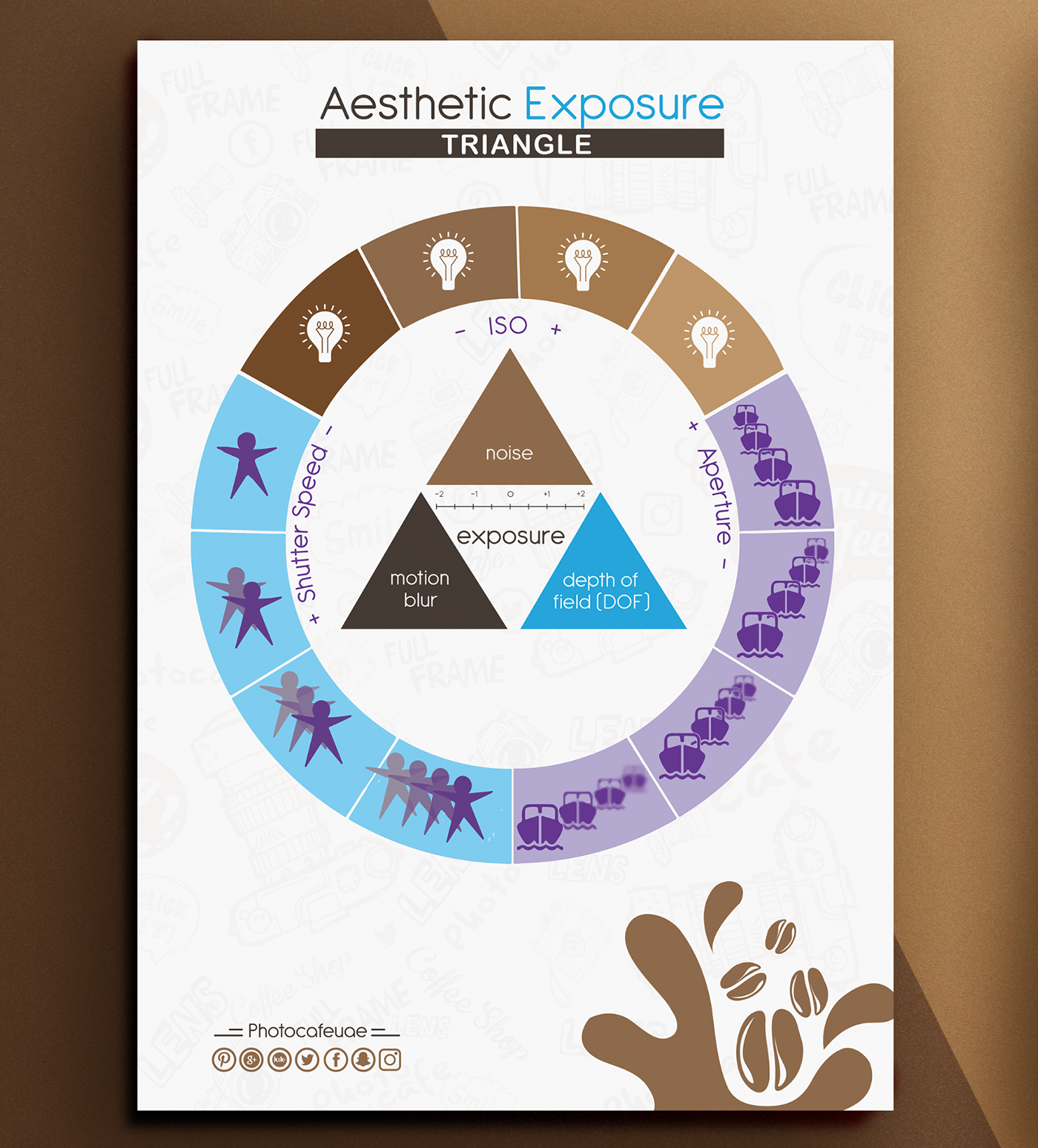What Every Professional Photographer Ought To Know About Lighting
What Every Professional Photographer Ought To Know About Lighting
Blog Article
Created By-Boone Heath
As a digital photographer, you recognize that illumination can make or damage your photos. Understanding the nuances of both all-natural and artificial light is crucial for capturing the state of mind and clearness you go for in your job. Whether you're chasing the perfect golden hour glow or adjust your man-made arrangements, grasping these components can boost your digital photography dramatically. But there prevail risks that many neglect, and recognizing them can transform your strategy to every shoot. Let's discover what you might be missing out on and how it can affect your outcomes.
Recognizing All-natural Light
Comprehending natural light is essential for any type of digital photographer aiming to improve their work. It's the foundation of excellent photography, affecting state of mind, tone, and clearness. When you fire outdoors, take note of the time of day. The gold hour-- shortly after daybreak and prior to sunset-- offers soft, warm light that can change average scenes into sensational pictures.
Do not ignore the power of cloudy days. Cloud cover diffuses sunshine, creating a soft, even light that's best for portraits and macro digital photography. You'll locate colors pop in this sort of lighting without extreme shadows.
Placing issues, as well. Always consider your subject's positioning to the light source. If the sun's behind your subject, you might wind up with a silhouette, which can be remarkable yet mightn't be what you desire. Conversely, straight sunshine can create uncomplimentary shadows.
Executive headshot photographer with angles; sometimes, altering your point of view can generate remarkable outcomes. Use natural reflectors, like water or sand, to bounce light onto your topic, including dimension.
Learning Artificial Light
Mastering fabricated light is vital for photographers that wish to take their skills to the following degree. Whether you're making use of speedlights, studio strobes, or continual lights, understanding how to manipulate these sources can substantially improve your photos.
Start by familiarizing on your own with the essentials of light top quality, instructions, and shade temperature level. Try out different modifiers like softboxes, umbrellas, or grids to control the soft qualities or cruelty of the light.
You'll discover that soft light frequently produces complementary results, while harsher light can include dramatization and deepness. Do not shy away from darkness; they can enhance the three-dimensionality of your topics.
Pay attention to the placement of your lights. A light positioned too close to your topic can create unflattering outcomes, while too far away can bring about an absence of detail. Make use of a light meter or your camera's histogram to ensure you're exposing correctly.
Lastly, bear in mind that synthetic light can be mixed with ambient light for imaginative impacts. Balancing these sources might take practice, but once you understand it, your digital photography will really shine.
Techniques for Various Circumstances
When you enter various capturing circumstances, adjusting your lights methods is important for capturing the most effective photos. For outdoor pictures, utilize the gold hour-- early morning or late afternoon light-- to soften darkness and boost complexion.
If it's a severe lunchtime sunlight, take into consideration making use of a reflector to jump light back onto your subject or seek shaded areas for a much more also exposure.
In low-light situations, like indoor events, enhance your ISO and make use of a large aperture to allow in even more light. A tripod can help get rid of camera shake, enabling longer exposures without obscuring.
If you're contending evening, explore off-camera flash to produce vibrant lights and deepness in your pictures.
For Business photoshoot , utilize diffused lights to avoid severe reflections. Softboxes or light camping tents can aid attain this result.
When photographing https://telegra.ph/Transform-Your-Picture-Digital-Photography-With-Simple-Techniques-That-Boost-Lights-And-Make-Up-Yet-What-Various-Other-Secrets-C-01-07 , take into consideration the direction of light and time of day, as it can substantially change the state of mind of your shot.
Constantly prepare to adjust your setups and placing based upon the situation, as adaptability is vital to understanding lighting in photography.
Conclusion
To conclude, grasping lights is key to raising your digital photography skills. Accept natural light's appeal throughout gold hour, and do not shy away from trying out synthetic light techniques. By adjusting your strategy to various circumstances, you'll record stunning photos that resonate with emotion and clarity. Bear in mind, the appropriate lights can change an ordinary shot into something extraordinary, so keep practicing and refining your understanding of both natural and synthetic light. Delighted capturing!
